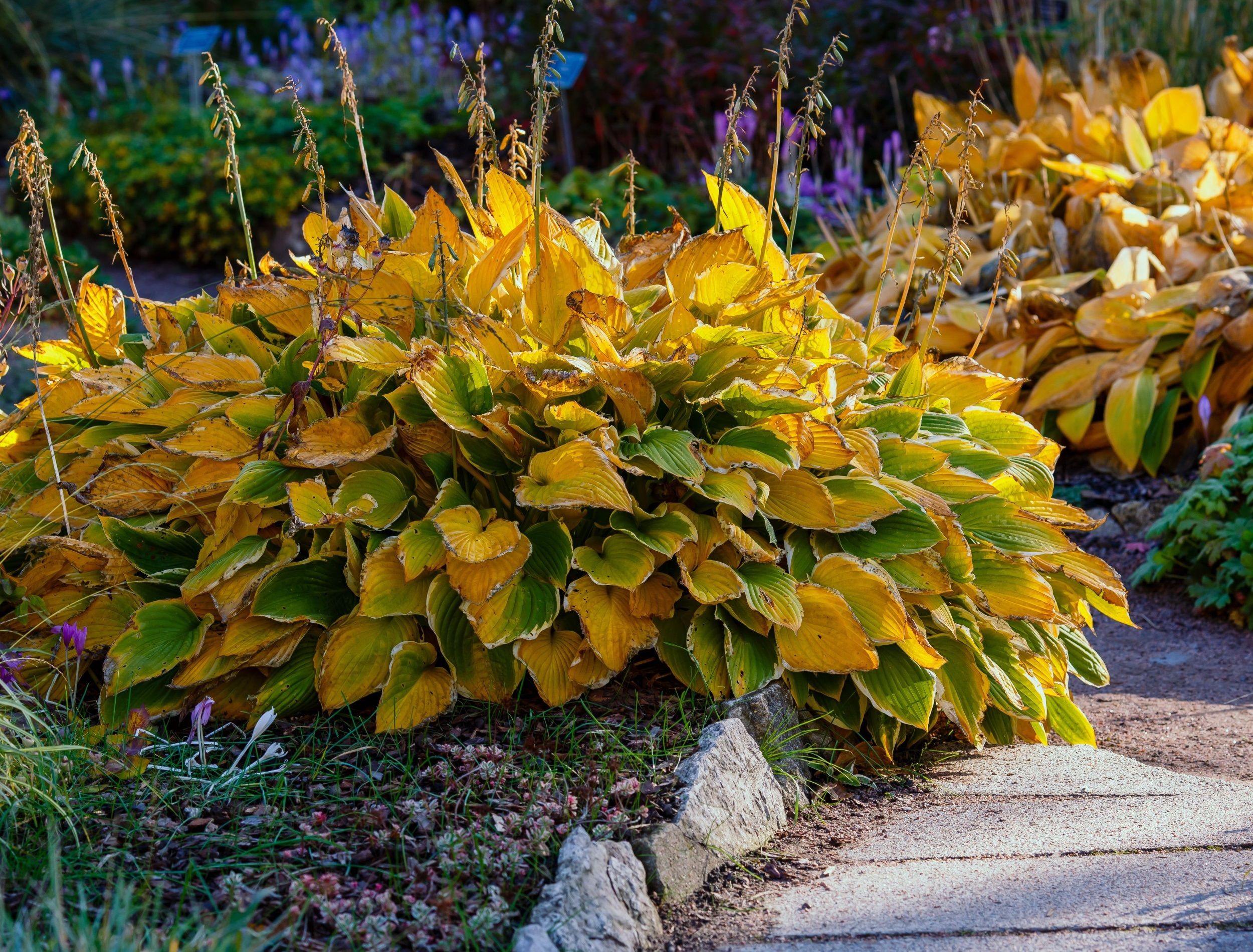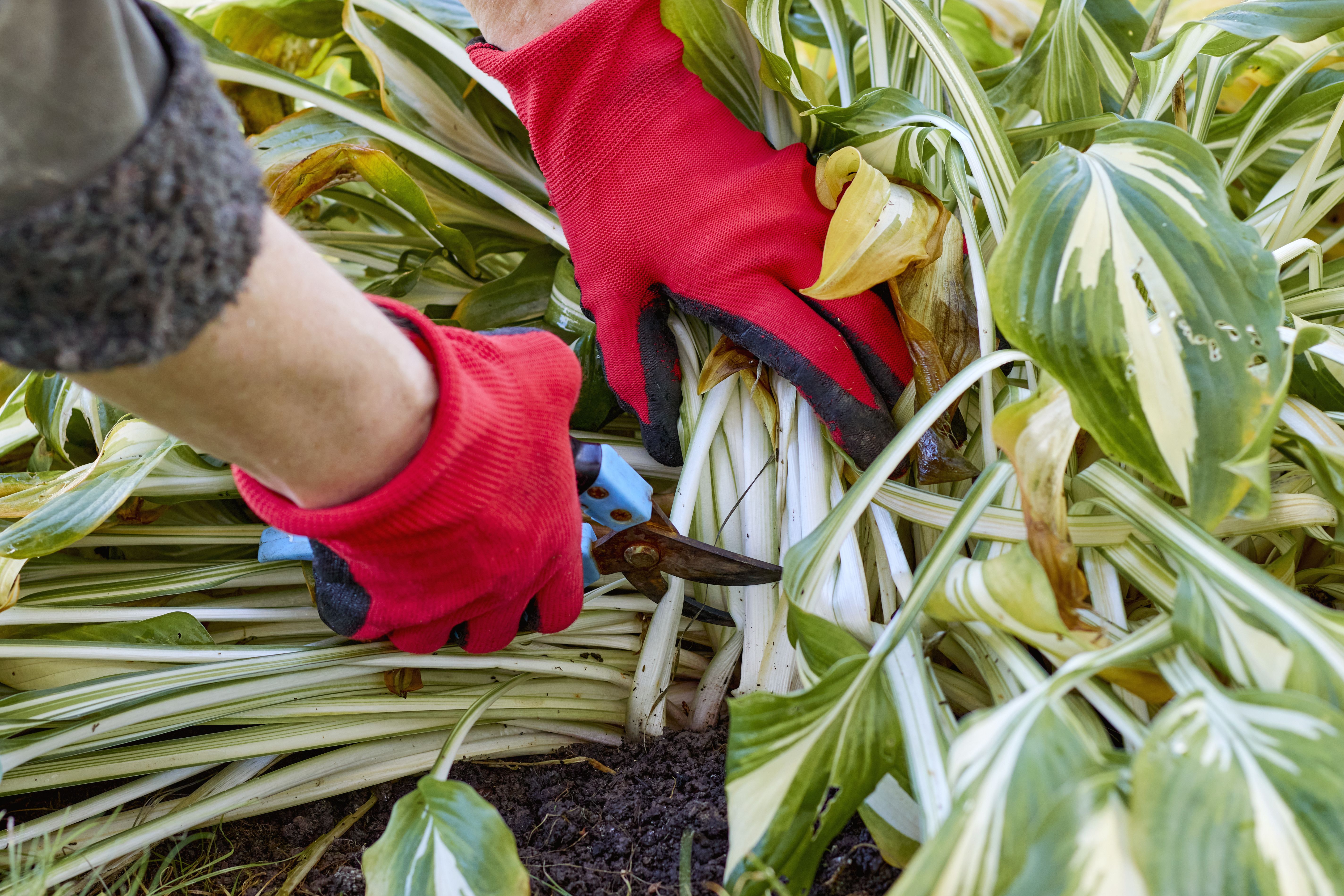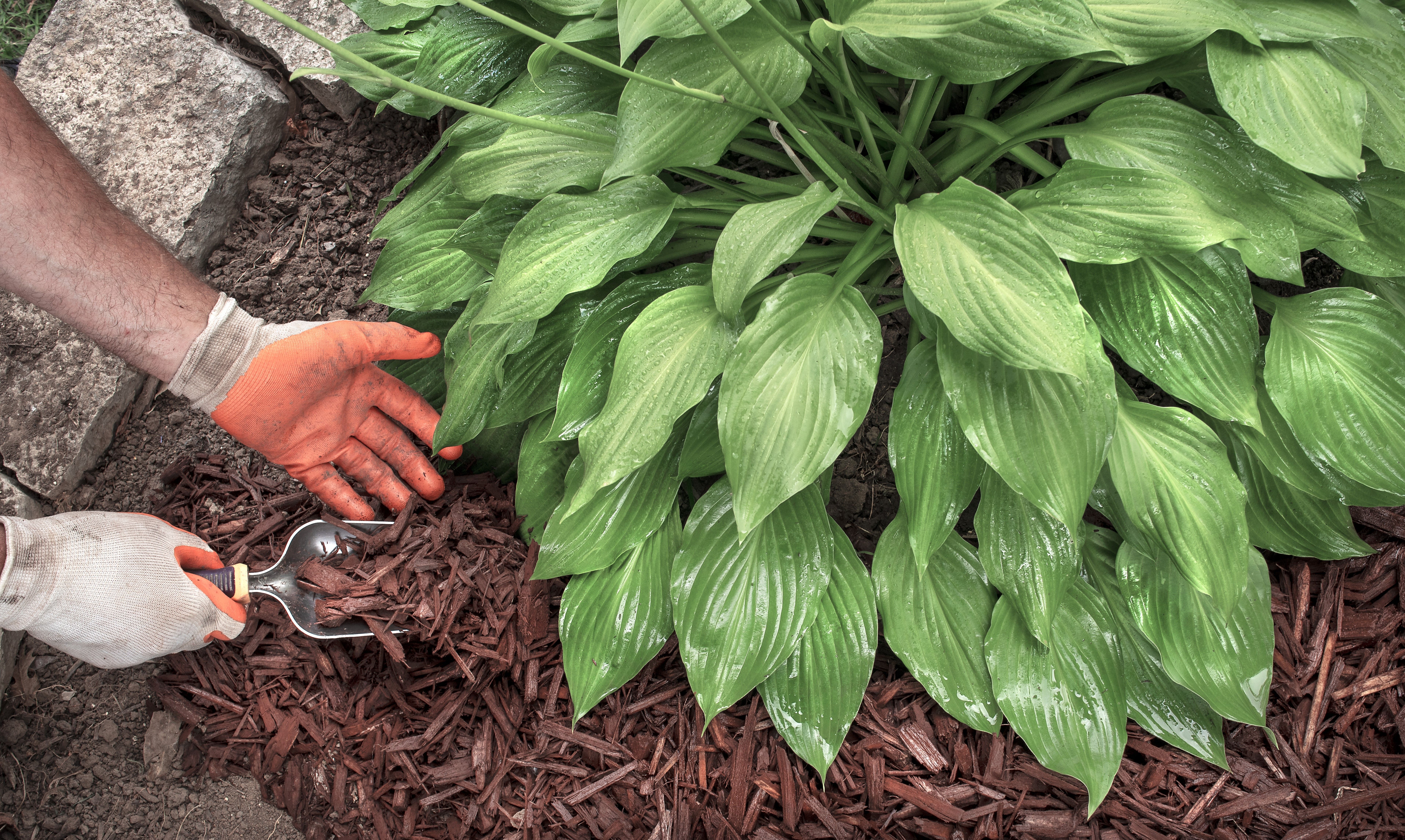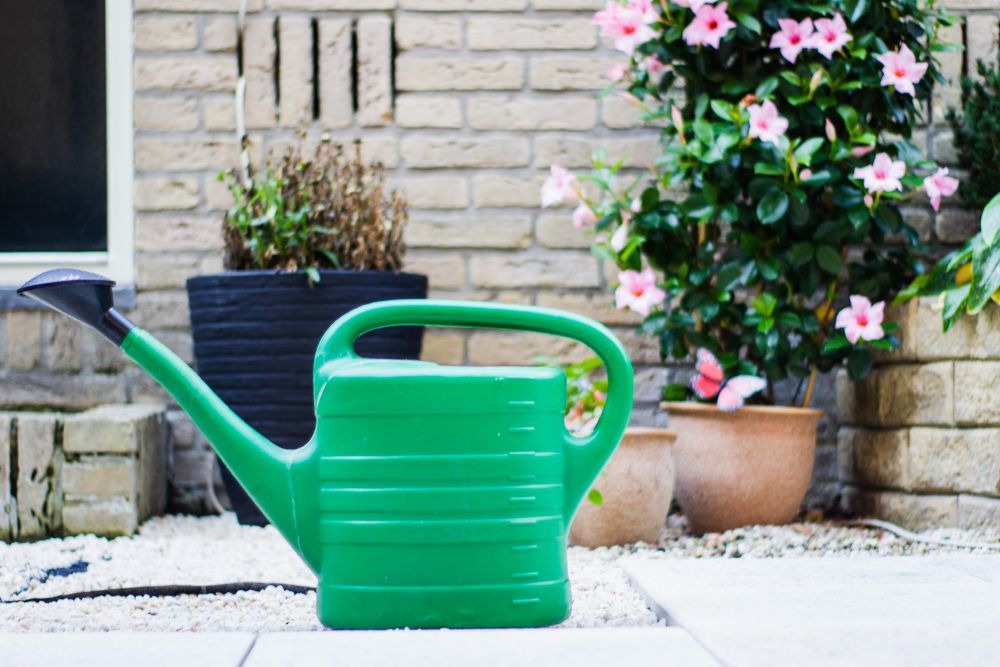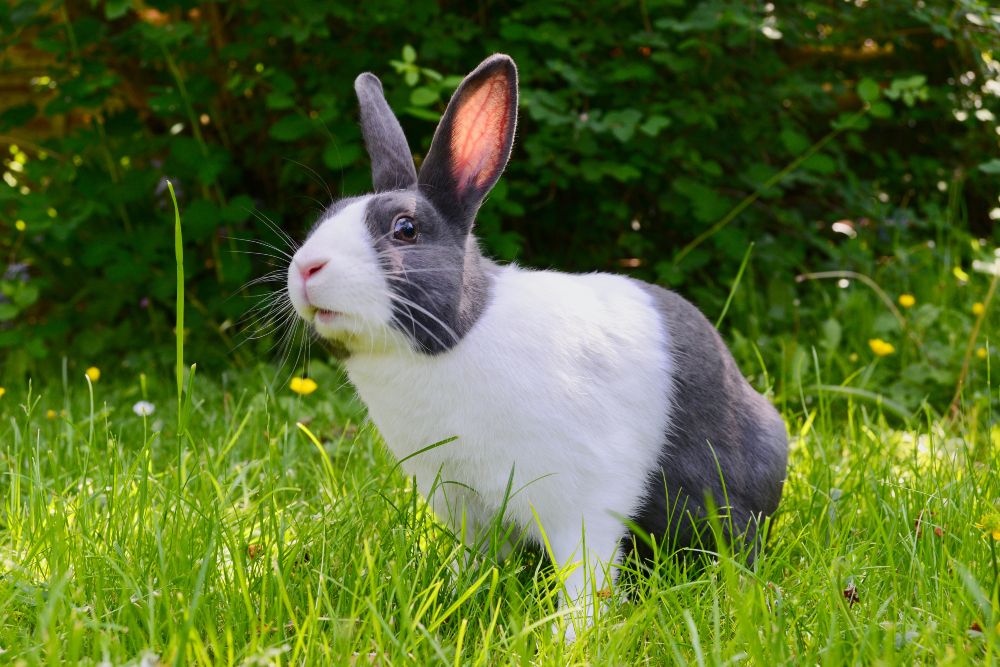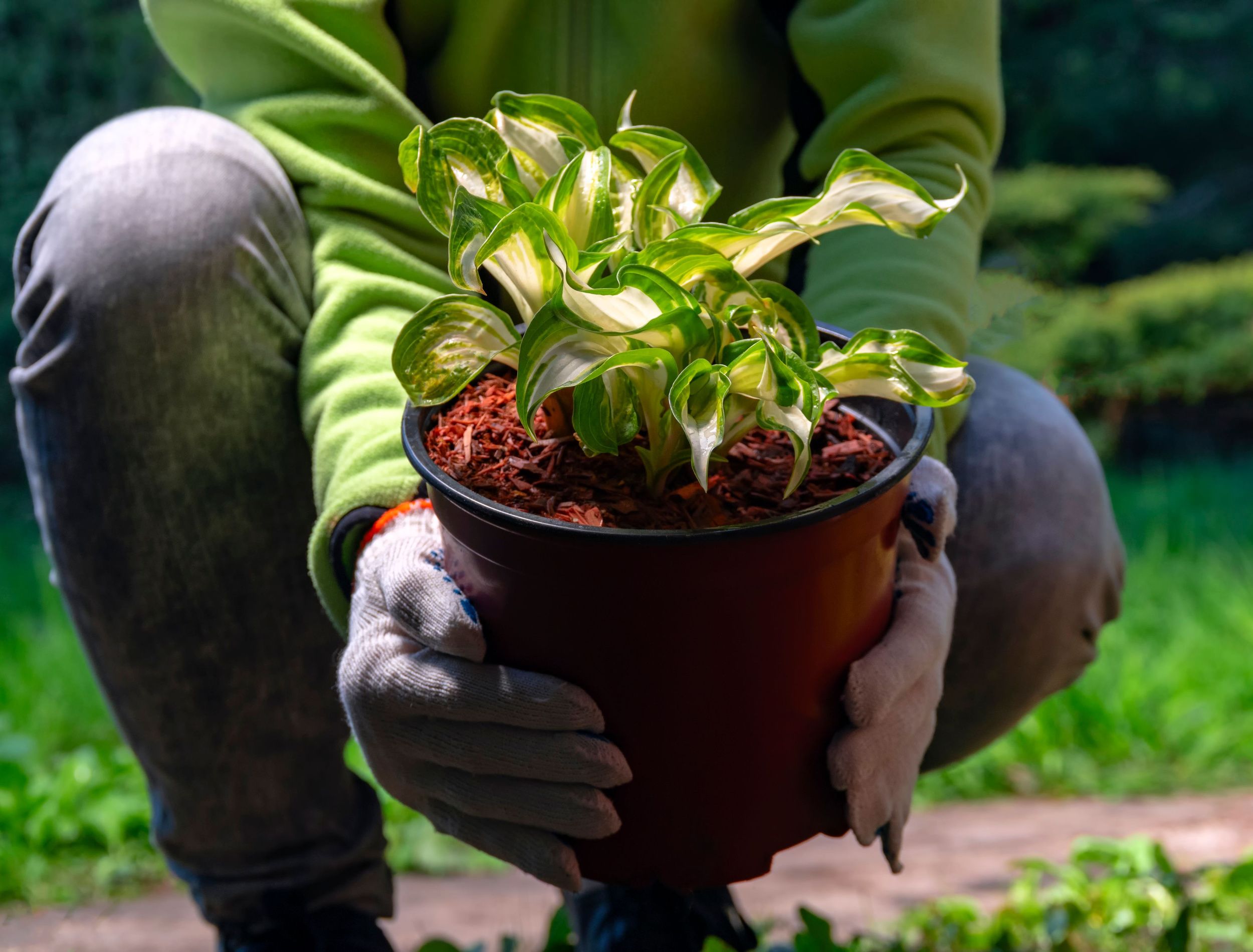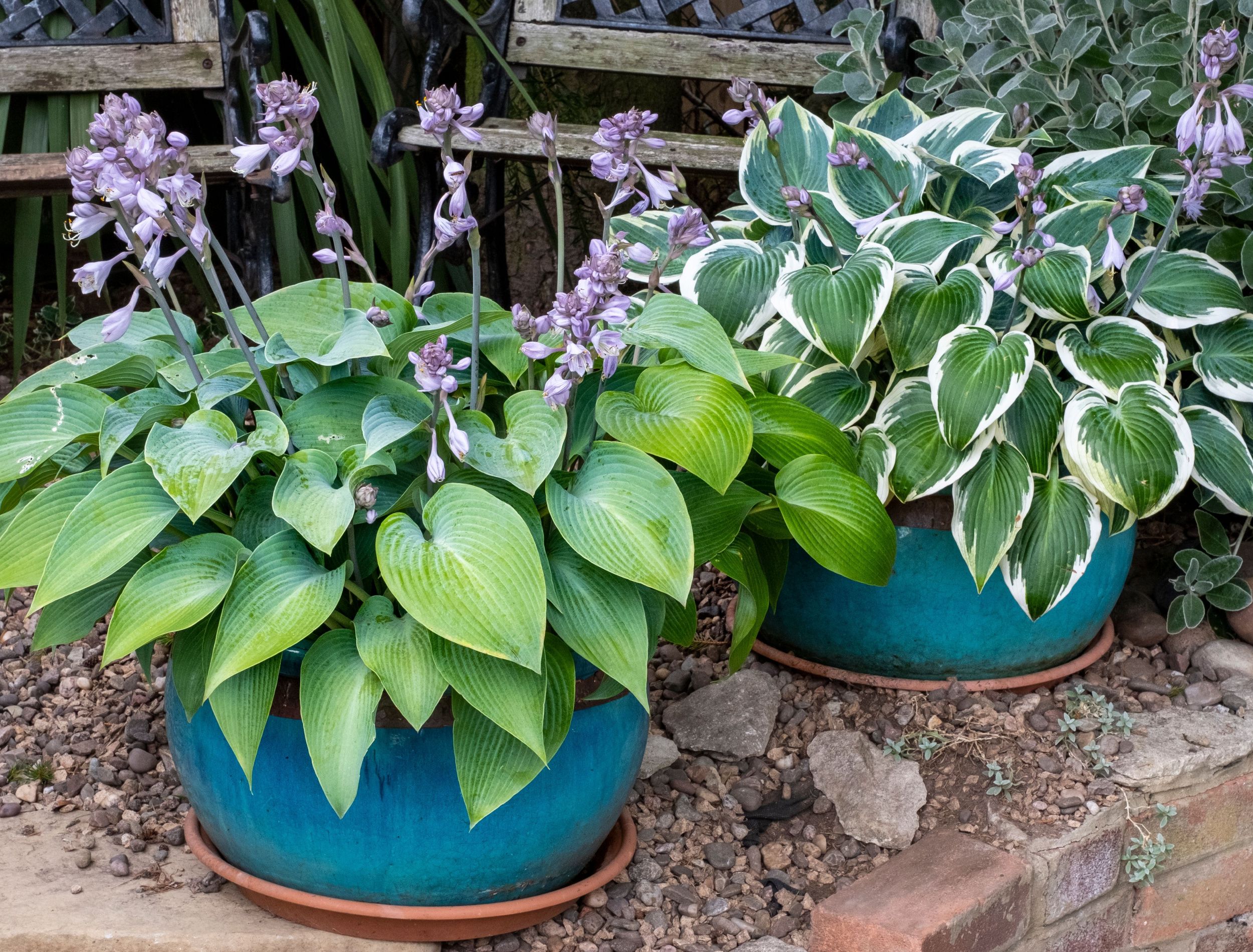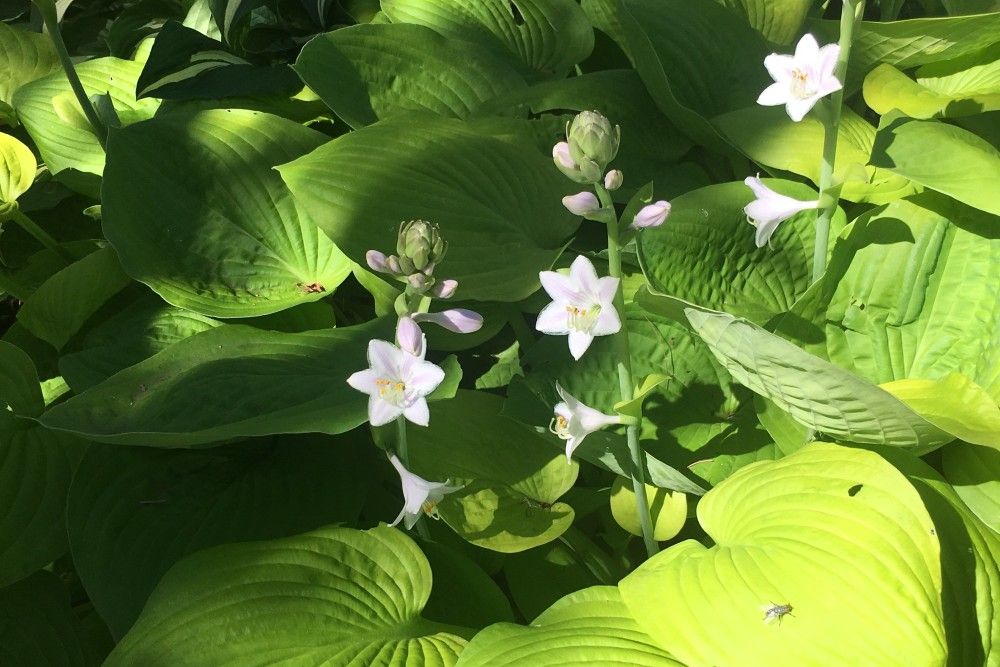Key Takeaways
- Trim and tidy your hostas after the first frost to prevent disease and pests from overwintering.
- Apply a generous layer of mulch to insulate the soil and regulate temperature fluctuations during winter.
- Protect your hostas from critters by using fencing or deterrents like Epsom salt or coffee grounds, and avoid heavy foot traffic to prevent root damage.
Hostas are a beloved addition to a garden, known for their lush foliage and vibrant green colors throughout the spring and summer months. But as the temperatures drop and winter approaches, it's essential to take some steps to ensure your hostas survive the cold and come back even stronger next year.
Explore some fascinating hosta facts, and seven effective ways to prepare your hostas for winter, ensuring they thrive year after year.
Trim and Tidy
As autumn dwindles, after your first frost, cut back the foliage of your hostas. Use sharp, clean shears to trim the leaves down to the ground. Removing the old foliage helps prevent disease and reduces the risk of pests overwintering in the debris.
Mulch Matters
Applying a generous layer of mulch around your hostas is a crucial step in winter preparation. This protective layer helps to insulate the soil and regulate temperature fluctuations. Use a natural mulch, such as shredded leaves, and apply it to a depth of 4 inches. Mulch also helps to maintain moisture levels and prevents frost-heaving during freeze-thaw cycles.
Water Wisely
Proper watering is essential in the fall to prepare your hostas for winter. Ensure your plants receive adequate moisture before the ground freezes. A deep watering helps them withstand winter's drying effects.
Avoid overhead watering, as wet foliage leads to fungal issues like powdery mildew. Water at the base of the plant to keep the leaves dry.
Protect From Critters
Hostas are a favorite snack for deer, rabbits, voles, and other hungry critters. To safeguard your plants, consider using fencing or netting to keep these pests at bay. Alternatively, apply Epsom salt, Irish Spring soap shavings, or coffee grounds around your hostas to deter them from munching on your prized foliage.
Divide and Conquer
If you prefer not to have to cut the hosta foliage to the ground, fall is an excellent time to divide mature hosta clumps if they've become overcrowded. This not only rejuvenates the plants, but also prevents diseases from spreading.
First, cut off the leaves that are at ground level. Now, dig up the clump, carefully separate the individual plants, and replant them in well-prepared soil. Water thoroughly after replanting.
Avoid Heavy Foot Traffic
Avoid walking on the frozen ground around your hostas during the winter months. The soil becomes more compacted when frozen, and heavy foot traffic damages the delicate roots. Designate paths and walkways to protect your garden, ensuring your hostas remain undisturbed.
To avoid accidentally stomping on your precious hostas, use labels to identify the variety and location of your plant!
Consider Container Gardening
If you're concerned about your hostas surviving the winter in the ground, consider growing them in containers. Container gardening allows you to move your hostas to a sheltered location, such as a garage or covered porch, during the coldest months. Just make sure the containers have proper drainage to prevent waterlogged soil.
Hosta Fun Facts
With their captivating foliage, hostas are much more than just garden plants. Discover some intriguing hosta facts that illuminate their beauty and significance in the world of horticulture.
Diverse Varieties
Hostas come in an astonishing array of sizes, shapes, and colors. From petite miniatures like the 'Baby Boo' to colossal giants like the 'Big Daddy', their diversity knows no bounds. The leaves can be heart-shaped, lance-shaped, or even variegated with striking patterns of white, cream, and green, making them an ideal choice for all garden aesthetics.
Shade Enthusiasts
Hostas are renowned for their preference for shade, earning them the title "Queen of the Shade Garden." However, while they tolerate full shade, they thrive in partial morning sun, making them an excellent choice for gardens with limited sunlight. Their ability to bring life to shaded areas is a true testament to their versatility.
Stunning Flowers
While many know hostas for their foliage, they also produce lovely, bell-shaped flowers in various shades of white, lavender, and purple during the summer months. These delicate blooms add an extra layer of charm to your garden, attracting pollinators like bees and hummingbirds.
Native Origins
Hostas trace their roots back to East Asia, with most species hailing from Japan, Korea, and China. They were initially cultivated for their edible shoots and have a rich culinary history in these regions. While modern varieties are primarily grown for ornamental purposes, hostas have a fascinating cultural significance.
Hosta shoots may be edible for humans but are toxic to animals, so keep them away from cats and dogs!
Low-Maintenance Wonders
Hostas have a low-maintenance nature. Once established, they require minimal attention. Regular watering, occasional division to prevent overcrowding, and protection from pests — like cutworms, grasshoppers, snails, and slugs — are the primary tasks needed to keep them thriving.
A Frosty Farewell
As the leaves change and the temperatures drop, it's time to bid your hostas a frosty farewell for the season. With some essential tips, you can prepare your hostas for winter and ensure they return with renewed vigor in the spring. Remember to trim, mulch, water, and protect your plants from critters, and consider dividing or container gardening if needed. Your hostas will thank you with their lush, vibrant foliage when warmer days return.
If you have tips or tricks on how to care for your hostas in the winter, leave a comment and share this guide with your friends and family. Happy Hosta-ing!

